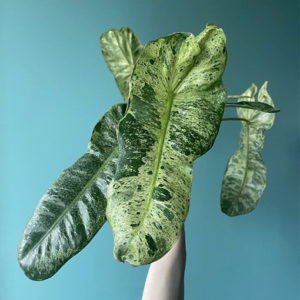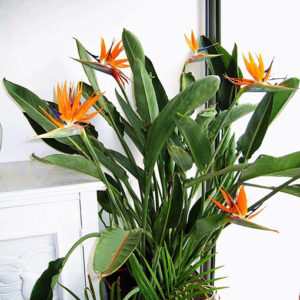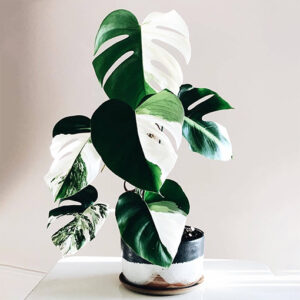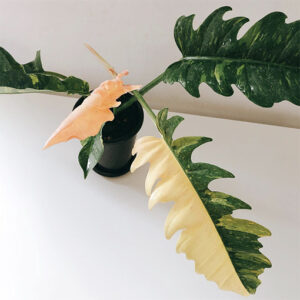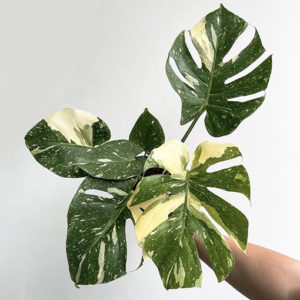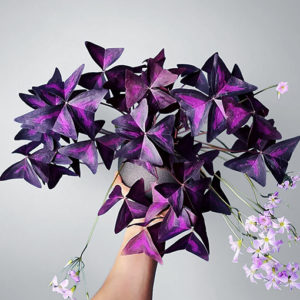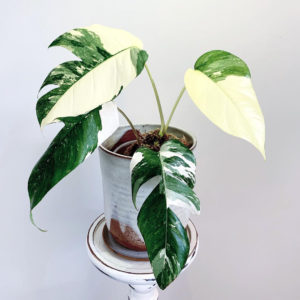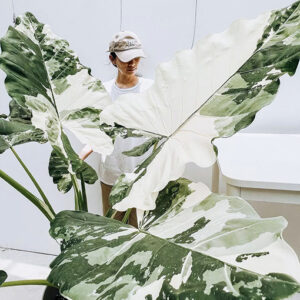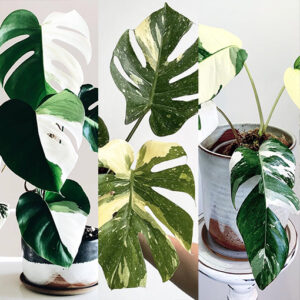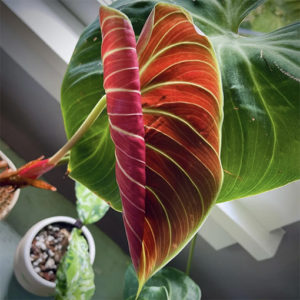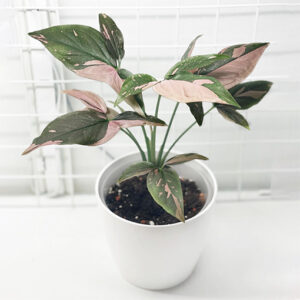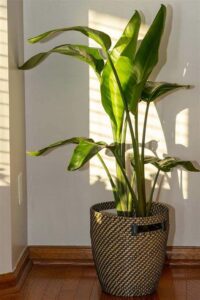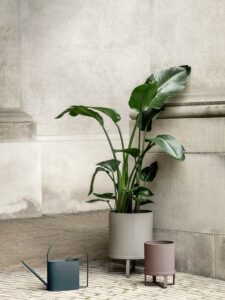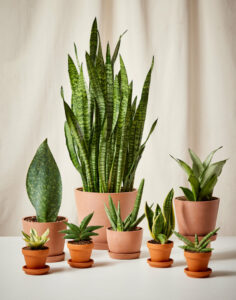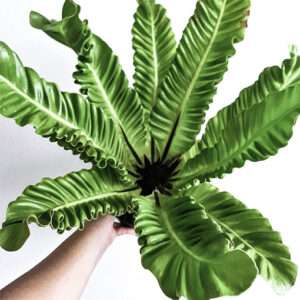#Thejunglecollective!

The Bird of Paradise (Strelitzia Nicolai) isn’t your average houseplant. With its vibrant orange and blue blooms resembling exotic birds in flight, it brings a touch of the tropics to any indoor space. But can this stunning flower be successfully cultivated indoors? Absolutely! While native to South Africa, with proper care, your home can become a haven for this captivating plant.
This guide will equip you with the knowledge to transform your Bird of Paradise from a dream plant into a thriving reality. We’ll delve into essential aspects of care, including light, water, soil, and fertilization, to ensure your Bird of Paradise flourishes for years to come.
Light Up Your Bird of Paradise’s Life
Imagine a sun-drenched clearing in the South African wilderness – that’s the ideal light environment for your Bird of Paradise. Indoor translation? Bright, indirect sunlight is key. A south-facing window is perfect, offering ample illumination without the scorching intensity of direct afternoon sun. East or west-facing windows can also work, but you might need to adjust plant placement for optimal light exposure throughout the day.
Signs of insufficient light include leggy growth (stretched stems with far-spaced leaves) and a reluctance to flower. Conversely, excessive light exposure can manifest as scorched leaves with brown edges.
Pro Tip: Rotate your Bird of Paradise regularly to ensure even growth on all sides.
Watering Wisely: Finding the Golden Ratio
Birds of Paradise appreciate consistent moisture, but not waterlogged roots. Here’s the golden rule: Allow the top inch of soil to dry out completely before watering again. Overwatering is a cardinal sin for these plants, leading to root rot and potential death.
Signs of underwatering include wilting leaves and drooping stems. Conversely, overwatering manifests as yellowing leaves and mushy stems.
Watering frequency will vary depending on factors like pot size, climate, and season. Generally, more frequent watering is required during hot summer months and less during cooler months.
Pro Tip: Stick your finger into the soil to check moisture levels. If the top inch feels dry, it’s watering time.
Crafting the Perfect Paradise Pot
Birds of Paradise are fast growers with a robust root system. To accommodate this growth spurt, choose a pot with good drainage. Opt for a pot with drainage holes at the bottom and a size that’s 2-3 inches larger in diameter than the root ball of your plant.
Soil selection is crucial. A well-draining potting mix is essential. Look for a mix formulated for houseplants or cacti, which typically contains ingredients like perlite, vermiculite, or orchid bark to promote drainage and aeration.
Pro Tip: Repot your Bird of Paradise every 2-3 years, choosing a slightly larger pot with fresh potting mix. This encourages healthy root growth and prevents the plant from becoming pot-bound.
Feeding Your Bird of Paradise for Flourishing Foliage and Blooms
While not a heavy feeder, a balanced fertilizer can give your Bird of Paradise a growth boost. During the active growing season (spring and summer), fertilize your plant with a half-strength diluted liquid fertilizer once a month. Always follow the manufacturer’s instructions for dilution and application.
Signs of nutrient deficiency include stunted growth and pale leaves. However, overfertilization is equally damaging. It can cause salt buildup in the soil, leading to stunted growth and leaf scorch.
Pro Tip: Withhold fertilizer during the fall and winter months when your Bird of Paradise enters a dormant state.
Maintaining a Paradise Oasis: Temperature and Humidity
Birds of Paradise thrive in warm temperatures, ideally between 18-27°C. Avoid placing them near cold drafts or air conditioners. During winter, ensure the temperature doesn’t drop below 60°F (15°C).
These tropical beauties also favor a moderately humid environment. Grouping your Bird of Paradise with other moisture-loving plants or using a pebble tray filled with water can help increase humidity levels around the plant.
Pro Tip: Misting the leaves occasionally can provide a temporary humidity boost, but it’s not a substitute for sustained humidity.
Bonus Tip: Patience is a Bird of Paradise’s Virtue
Birds of Paradise are slow growers, especially when young. It can take several years for them to reach maturity and bloom for the first time. Don’t be discouraged if yours doesn’t flower immediately. Focus on providing proper care, and eventually, you’ll be rewarded with those stunning blooms.
#Thejunglecollective!

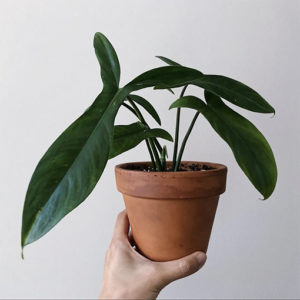 Philodendron Big Ears 100mm
Philodendron Big Ears 100mm
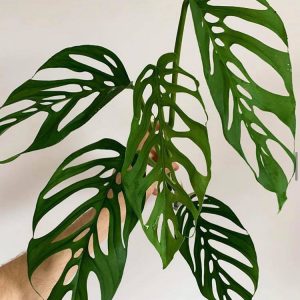 Monstera Adansonii - Swiss Cheese Plant 120mm
Monstera Adansonii - Swiss Cheese Plant 120mm
